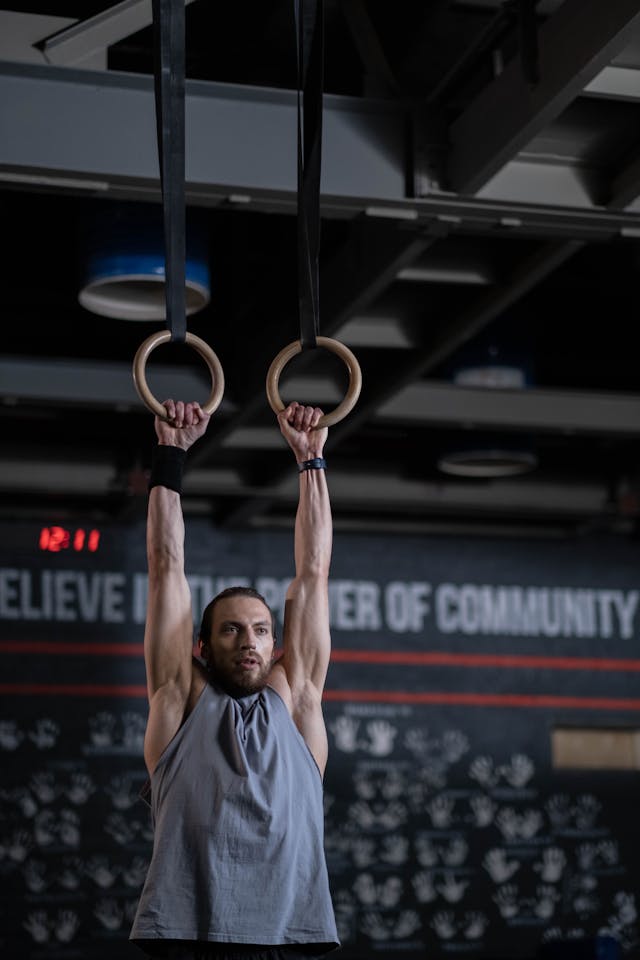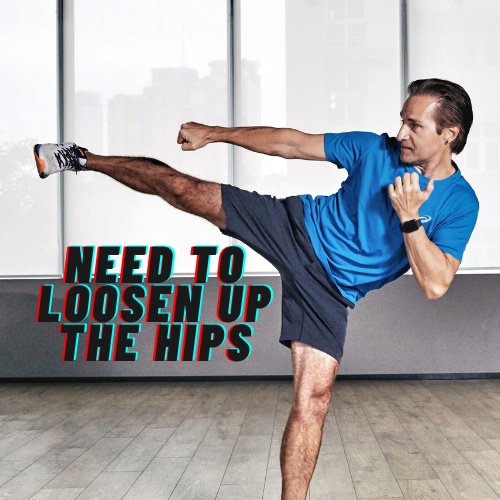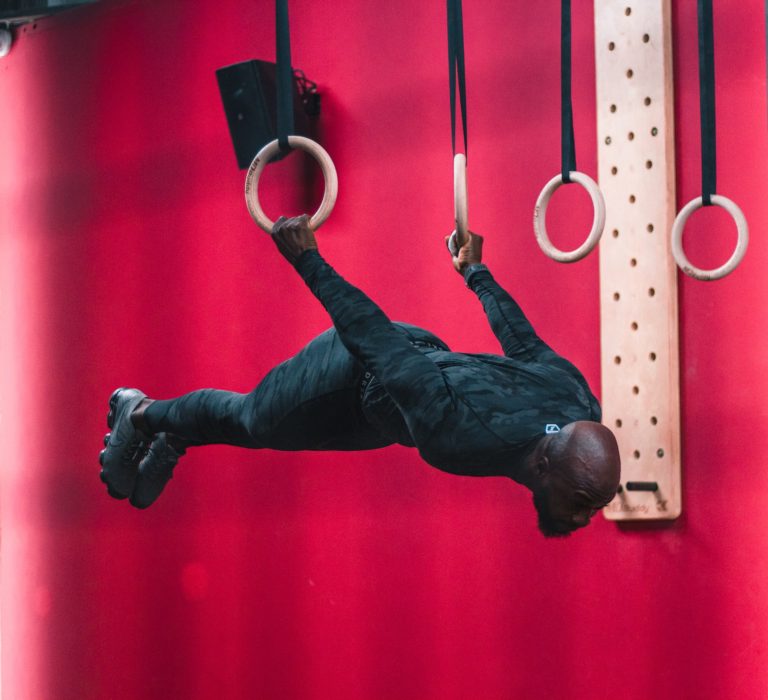Hanging Strengthens Your Body
There is much benefit to hanging from a horizontal bar or just about anything that is sturdy. The dead hang, a prerequisite to the pull-up offers more than only keeping the grip on the bar. It can provide a great stretch and decompresses the spine. It also can be useful for improving grip strength and working on the forearms since those are the extensor muscles. Dead hangs may be simple but it is a very effective static exercise. This exercise can also be manipulated into other variations. This would make it increasingly difficult, but with challenge comes change.
What is A Dead Hang?
Dead hangs are when a person is gripping an object to hang from. The object can be as simple as a pull-up bar, tree branch, or gymnastic rings, but its choice will affect the specific stimulus being applied to the body. When placing a grip with both hands on an object, the entire body is assumed vertical. The body is relaxed and unflexed hence why it is called a dead hang. The hands and arms are the parts that will get the most tension since it is holding onto something.

Is This Mandatory To Do or Optional?
This exercise is optional to do but it is highly recommended as this could strengthen weak links. A person does not have to be skilled to do this. This requires patience and grit to hang on. Not only does the grip last longer it also improves hand strength and forearm strength. The other overlooked benefit of this is that it is healthy for the shoulders. It offers a great stretch in the rotator cuff region and just about the shoulders in general. A mix of prehab and rehab for the shoulders. While this is known for stretching the upper body it can help with realigning posture as it helps the spine decompress.
A stretch like this can also support a person with other exercises related to the upper body. Exercises such as pulling and pushing exercises.
Check out other exercises to strengthen weak links: The Holistic Edge: Training for Complete Wellness
Variations to the Dead Hang
The common dead hang variation is that the 2 hands are tightly gripped on a sturdy horizontal bar. However, the practitioner can add weight to it by either storing weights in a backpack or using a weighted dip belt.
Another method would be practicing dead hangs by holding onto the bar with one hand. Instead of two hands, it is one hand that is gripped to the bar. If doing this method ensure both arms get the same amount of time held. For example, starting off with the right arm do it for 15 seconds or however long, and do the same for the left arm. Better yet switch between hands simultaneously (If wanting to do that).
- One arm hangs
- Weighted hangs
- Switch grip simultaneously

The image above is sourced from raisetwice
The Bar is Not The Only Object To Grip
If a person can wrap their hands around something, it is an object to be held firmly. Here are some worth mentioning:
- Gymnastic rings
- Tree branches
- Rocks on a wall
- Rope
- Towels
- Anything a person can grasp
This is not to say someone needs to put their hands on everything to grab or to hang from anywhere (Unless they so desire, but be careful!).
Towels and Rope
These are items that many may have access to or at least can retrieve them. However, to do dead hangs a horizontal bar with some height is needed to be off the ground. Towels and ropes would be additional equipment to make it intense. The positioning of the hands will be different while grabbing onto it. The texture of it will be different and the thickness adds much difficulty to it.
With towels, an individual can start with one, and later adding layers of towels will make it more difficult. As for the rope, it can be risky since some ropes have different textures (It can be quite rough). It can result in rope burns, so some practice and technique are required for ropes.
While all of this is optional, the towel is the most simple, effective, and affordable tool to use. Let alone force someone to clasp the towel tightly while hanging. With this, there would be a burning sensation in their forearms because of the difficulty.
Frequency Of The Dead Hang
It could be done for a minimum of 2 times per week with an accumulation of 2 to 5 minutes each session. This can be performed just about every day but there is no need to feel to do this constantly. There is no definite amount of how much an individual should do. It is better to find a great balance between the individual’s minimum and the maximum times. Here is a sample
2 times per week
- Set 1: 60 seconds (If unable to, do 30 seconds)
- Rest
- Set 2: 30 seconds
- Rest
- Set 3: 30 seconds
- Rest
- Set 4: 30 seconds
This can also be done periodically throughout the day. Doing this periodically would be ideal since it stretches the body and can correct posture.
Conclusion
Overall, dead hangs are simple and a super effective exercise. What is primarily doing the work is the arms and gravity. For those who are beginners or who do not train the dead hangs as much. It can be quite difficult to hang on for long. Practicing hanging has advantages from improving grip strength, strengthening the hands and forearms, decompressing the spine, and ultimately stretching the shoulders. While the standard dead hang is sufficient enough to provide all the benefits to a person. Making it challenging is an option like using towels or other objects to test grip strength. Even adding weights or hanging unilaterally (using one arm). There are other variations to explore but hanging makes for a healthy and strong upper body.
If you found this post helpful, please consider sharing and subscribing!






